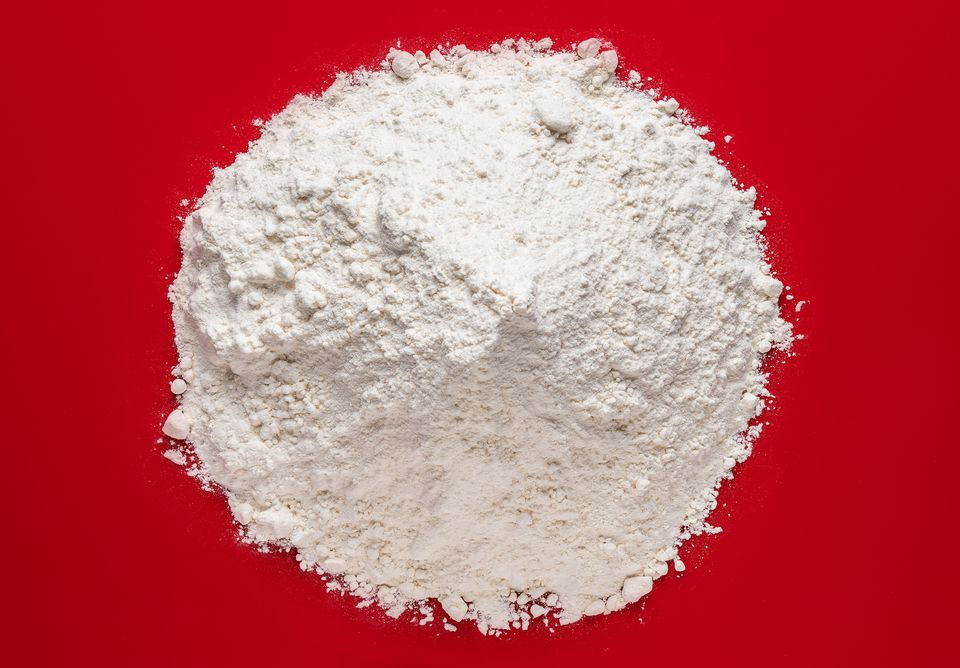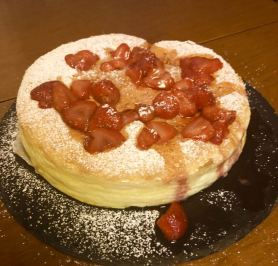Flour: The Basics
- Chloe Z.

- Jan 24, 2020
- 2 min read
Updated: Jan 31, 2020
What's the difference between cake flour and pastry flour? Is bread flour only used for bread? What exactly is all-purpose flour? I have the answers, and I'll try not to make them too boring!

(Image source: https://www.thespruceeats.com/all-about-flour-995124)
Bread Flour
As the name implies, this kind of flour is primarily used for bread, and not so much for sweets. There are a few exceptions, however, which I'll get into momentarily. But firstly, the main discussion. Bread flour is unique in that it has the highest amount of gluten-producing proteins (usually about 11-13%), which are necessary to give the dough its strength. When you knead the dough, you are building up the gluten, so which creates structure for the bread.
But it's not only bread that this flour benefits. Bread flour is also a common ingredient in fruitcake, in order to give the strength that it needs. Considering that fruitcakes can contain over half their weight in fruit alone, something like cake flour just wouldn't be able to support it. You could probably get away with using all-purpose flour, but bread flour is usually the best option.
That's not to say that bread flour can't be used for other things, it certainly won't ruin them, but it will give most other baked goods a noticeably chewier texture. It's up to you if this is desirable or not.
Cake Flour
This one is fairly easy to spot even when the container isn't labelled, due to its shocking white hue. The texture is also crumblier than bread flour or all-purpose flour, often forming into little clumps. Cake flour has considerably less protein in it (about 9%) compared to bread flour, which is preferable for light, fluffy cakes that don't require a lot of strength. Using bread flour in place of cake flour can create an unnecessarily tough and chewy cake.
Pastry Flour
Appearance wise and ingredient wise, pastry flour is almost completely interchangeable with cake flour, so it makes sense that a lot of flour brands group them together as "Cake and Pastry Flour." There is one tiny difference, however: the amount of protein.
Pastry flour has the smallest amount of protein at 8%, which is how you can tell it apart from cake flour.
(Fun fact: I discovered that Robin Hood's cake and pastry flour is, in fact, just cake flour, after checking the amount of protein in the nutrition facts. Not a huge deal, I just thought it was kind of amusing)
As the ingredients are so similar between cake and pastry flour, if a recipe calls for one, you'll be just fine substituting the other.
All-Purpose Flour
This is the kind of flour that most recipes call for, and if it just calls for "flour" without specifying, your best bet is to go with this one. The amount of protein is right in the middle between cake/pastry flour and bread flour, usually about 9-11%. It's definitely the most user-friendly of all the flours, so if you had to substitute it for one of the others, you wouldn't really be in trouble.
Thank you so much for reading, and I hope you learned something!






Comentários